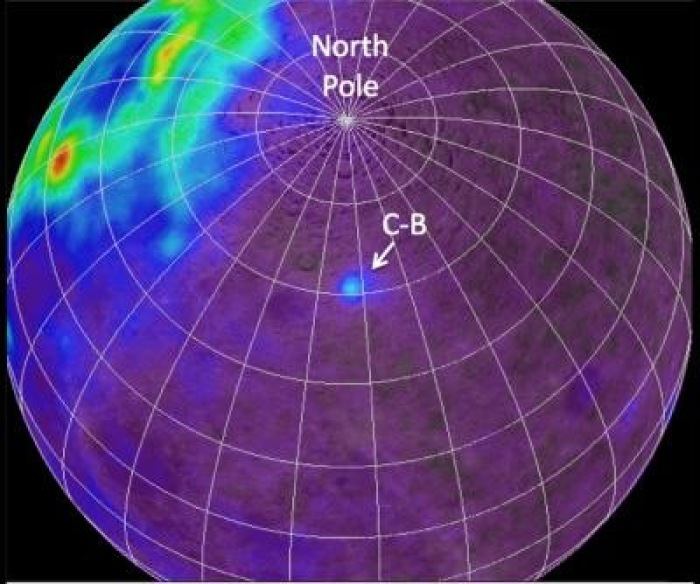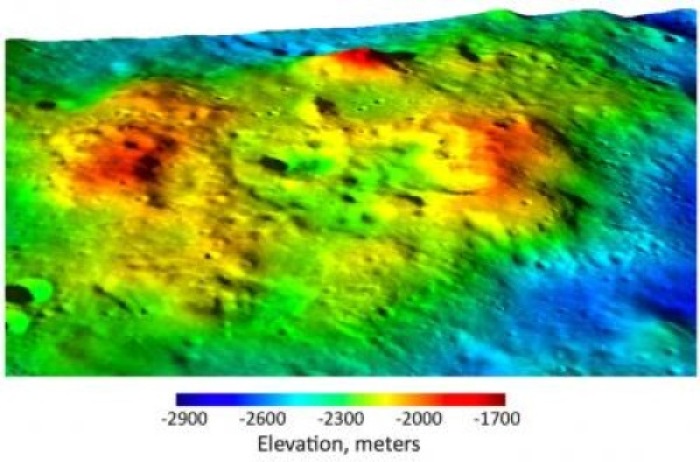Volcanoes Found on Moon by Lunar Orbiter (PICTURES)
The NASA Lunar Reconnaissance Orbiter has revealed that a radioactive “hot spot” on the far side of the Moon discovered in 1998 is a small colony of volcanoes.
The findings as well as high-resolution images of the volcanoes were published in the advance online edition of Nature Geoscience on Sunday.
Findings details that the volcanoes found are atypical to those usually seen on the Moon due of their silicic concentration. Volcanoes on the Moon are more often basaltic in nature, containing high levels of elements such as iron and magnesium, while these volcanoes contain high levels of silicon and aluminum.
The images present the shallow mounds that make up the volcano complex, a result of the slow leakage of silicic magma onto the Moon’s surface instead of eruptions that are seen in terrestrial volcanoes.
The image topography detailing smooth surfaces with a lack of meteor impact craters allowed scientists to conclude that the volcanoes formed approximately one billion years ago, much sooner than other lunar volcanoes that are estimated at three to four billion years old.
“To find evidence of this unusual composition located where it is and appearing to be relatively recent … is a fundamentally new result and will make us think again about the moon’s volcanic evolution,” LRO Research team leader and planetary scientist at Washington University Brady Jolliff told Time.
































